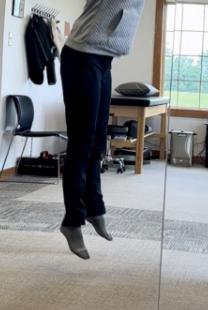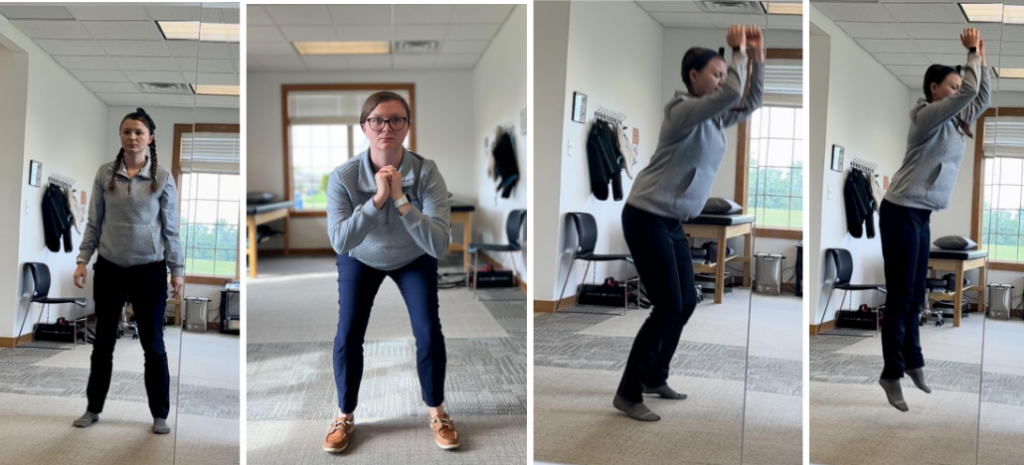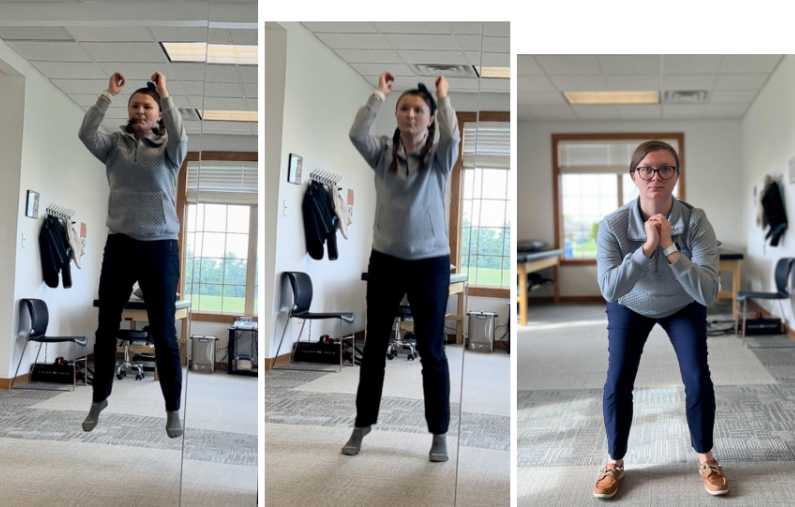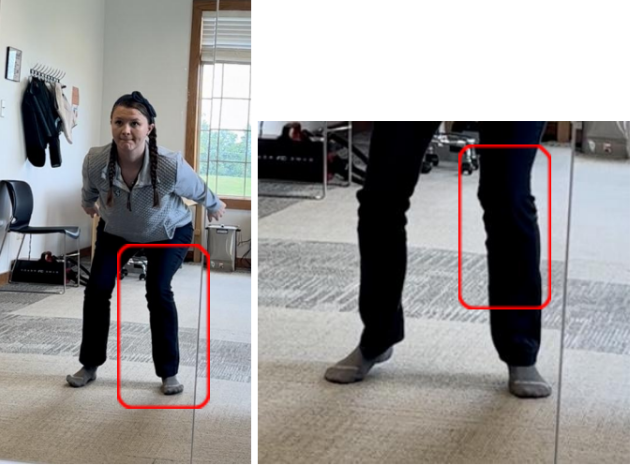Proper Jumping and Landing Mechanics


Dr. Jonathan Evans
PT, DPT, CMTPT, VRC, PDNC
Chief Executive Officer, Orthopedic & Vestibular Physical Therapist
Jumping and landing from a surface and from the ground are whole body movements. Proper landing mechanics are important to limit the risk of injury to the feet, ankles, knees, and hips. Getting into the air is typically not of concern; however, landing can be more tricky.
When jumping, to get the most power and height, you will be using your legs and your arms. Perform a squat and direct your arms behind you. As you move your weight upward, you will swing your arms forward and utilize them to help you propel upward or forward.

When you are landing, you want to try to initially land on the balls of your feet. Your heels
should touch the ground next, as you roll and direct your weight posteriorly. When you land,
your knees should progressively bend, and your hips should drive backward behind you as you
bend forward at the hips.

Your knees should be directed over your second toe. If you have weakness in your hips, thigh
muscles (quadriceps or hamstrings), or ankles/feet, your knees may try to move inward toward
each other. Do your best to keep your knees in line with your feet and directed over your toes,
and do not allow your knees to angle in toward each other.

Whether you are jumping from one foot or jumping with both feet, your mechanics will be the
same.
If you have knee, hip, ankle, or foot pain that may limit your ability to perform this exercise or
that is limiting your ability to do your normal activities, call 260-730-0300 to make an
appointment with one of our Fort Wayne Physical Therapy clinics at ProTailored Physical
Therapy!
These exercises are not for everyone and should not replace professional medical advice or
treatment. You should not perform the exercises discussed if you are experiencing back pain, hip
pain, knee pain or following a recent surgery without consulting your physical therapist or
physician first.
